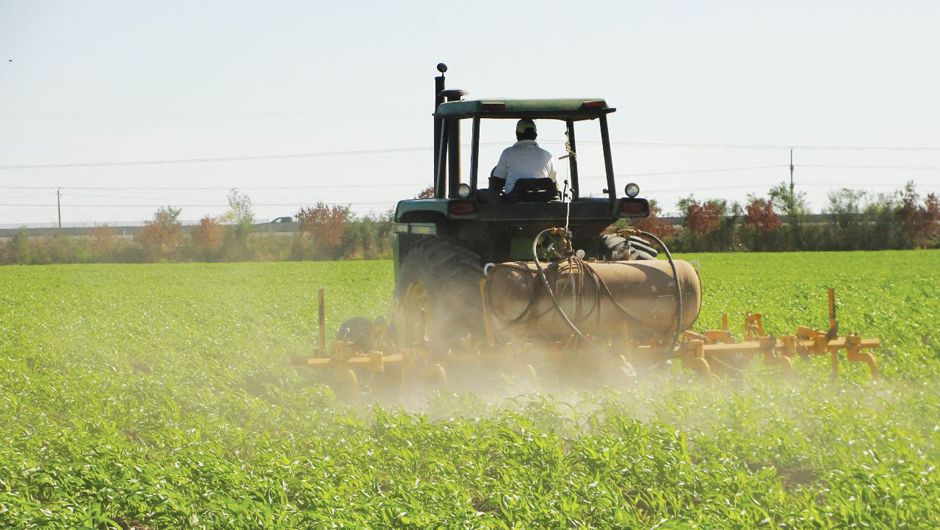Mexico decreased its fertilizer imports in 2023 and in the first quarter of 2024, according to data from the Ministry of Economy.
At year-on-year rates, these foreign purchases fell at a year-on-year rate of 30% in 2023, to 2.459 billion dollars.
Mexico is a major competitor in exports of several fruits and vegetables and produces large quantities of corn, mostly for domestic consumption.
Fertilizer imports
On a global scale, Mexico ranked eighth among the largest importers of fertilizers in 2022, the latest available data.
In that same year, Mexico reached a record in its foreign purchases of these materials.
Whether organic or inorganic, these products are added to the soil to improve its physical, chemical and biological properties in order to promote plant growth.
What nutrients do they provide? Nitrogen, potassium, phosphorus, and micronutrients, among others.
In 2023, Brazil was the largest importer of fertilizers in the world, with foreign purchases of US$14,661 million.
Food
CVR Partners refers that global fertilizer demand is driven mainly by grain demand and prices, which, in turn, are driven by population growth, agricultural land per capita, dietary changes in the developing world, and increased consumption of biofuels.
According to the IFA, from 1976 to 2021, global fertilizer demand will grow 2% per year.
A study funded by the Food and Agriculture Organization of the United Nations (FAO) forecasts that global use of fertilizers, composed of nitrogen, phosphate and potash, will increase 2% through 2024 to meet global food demand.
Populations in developing countries are adopting higher protein diets as their incomes rise, and this consumption requires more grains for animal feed.
As an example, China‘s wheat and coarse grains production is estimated to have increased 42% between 2011 and 2023, but still failed to keep pace with increases in demand, leading China to increase its wheat and coarse grains imports by more than 1,167% over the same period, according to the United States Department of Agriculture (USDA).

